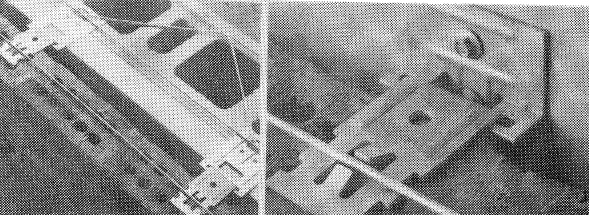MARIO J. CATANI, P.E., MAX L. PORTER, PHD, P.E, KENNETH G. BANKS
ABSTRACT
Generally, cavity wall ties and veneer anchors need to provide a high degree of stiffness perpendicular to the plane of a wall while being flexible enough to accommodate in-plane differential movements between the wythes.
Neither the Canadian Standards Association (CSA) Standard for Connectors (1) nor the Masonry Standards Joint Committee (MSJC) Building Code Requirements for Masonry Structures (2) have specific performance requirements for cavity wall ties or veneer anchors. However, the Report on the Behavior of Brick Veneer/ Steel Stud Tie Systems (3) and the Brick institute of America (B.IA.) Technical Notes on Brick Masonry No. 44, Wall ties for Brick Veneers, (4) recommends a minimum stiffness for the connectors.
Traditional two-legged 5 mm (0.188 in) wire pintle type anchors cannot meet the stiffness requirements recommended by the above authorities when the connector misalignment exceeds 19 mm (0.75 in). This paper reviews the results of a test program to evaluate the performance of a new sheet metal type pintle anchor used in conjunction with typical DUR-O-EYE adjustable type joint reinforcing and DI A 213 veneer anchor assemblies against the above requirements (5,6).
F-41



